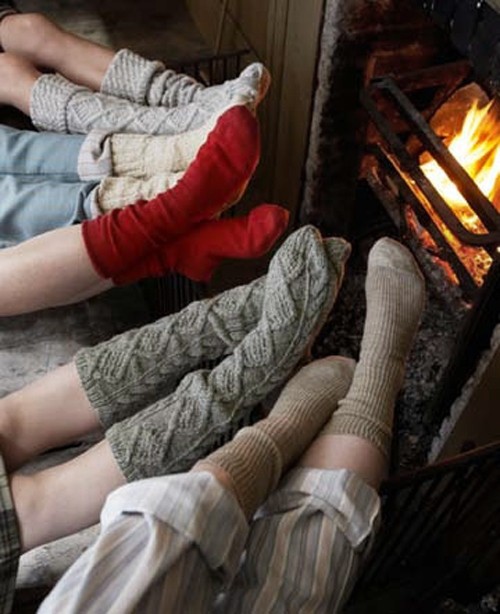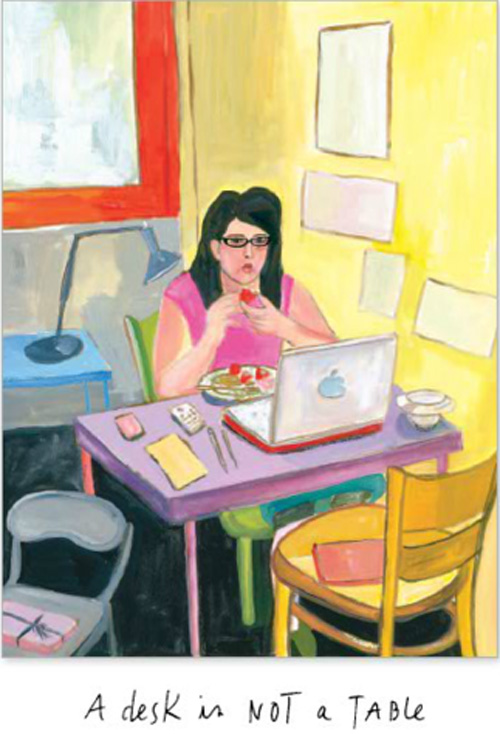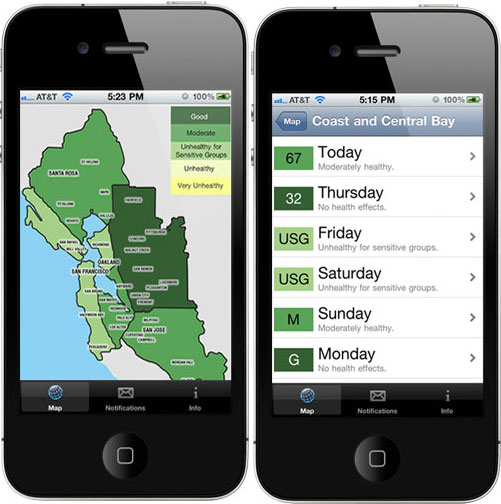 Before I begin discussing a matter that affects us all, I want to thank my Econesting followers for supporting environmental issues.
Before I begin discussing a matter that affects us all, I want to thank my Econesting followers for supporting environmental issues.
OK, deep breath...
As many of you know, I'm concerned about pollution. Air, water, land...you name it, I'll fight for it. Clean air is a complicated issue made messier and mushier by politics. It shouldn't have to be that way, but it is.
I get that we need jobs. I get that we need power.
What I also get is that we need healthy people to create the jobs that create the power.
Here's the rub: sacrificing jobs for health is not the issue. We can have jobs and breathe clean air. And history has proven that our politicians can make nice and come together on an environmental issue that the majority of people want...clean air.
The Clean Air Act was signed into effect in 1970 by a bi-partisan Congress. In 1990 President Bush called for the EPA to address mercury and other dangerous air pollutants. The rule to eliminate this poison has been in the making for 21 years. Now the polluter lobby is pressuring the White House to weaken, or add gaping loopholes to the Mercury and Air Toxics Standards.
Mercury is a terrible neurotoxin. Our littlest creatures: infants, toddlers and even our pets are especially vulnerable to mercury poisoning.
Where does the mercury come from? Coal-fired power plants emit half of all toxic mercury pollution in the U.S. and over 386,000 tons of other hazardous air pollution every year.
The Mercury and Air Toxics Standards rule is one of the most important clean air regulations to ever come out of the EPA. It would reduce mercury, arsenic, acid gases, and other hazardous air pollution from America’s oldest and most polluting coal-fired power plants. Such a great regulation that uses American engineering, and creates jobs—without harming the economy. The Mercury and Air Toxics Standards would prevent 17,000 premature deaths every year.
Why do I keep fighting? Because they are not going to stop...the polluters. A handful of coal utility companies, armed with powerful lobbyists, are urging the clean-up be delayed. They would like to ditch the EPA and weaken clean air standards for the most toxic pollutants.
Can we ask our lawmakers to take off the gloves and not pollute our natural resources? Yes! They must, and we must continue fighting for our children because they deserve a future with clean air, water and land.
Please tell President Obama that you support the Mercury and Air Toxics Standards.
Photo used with permission: Chris Scott Snyder

 Did you know feeling grateful or appreciative of someone or something in your life can actually attract more of the types of things you want?
Did you know feeling grateful or appreciative of someone or something in your life can actually attract more of the types of things you want?




